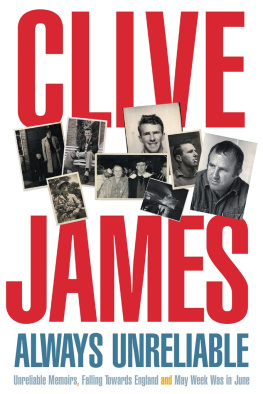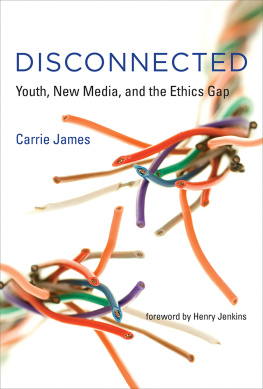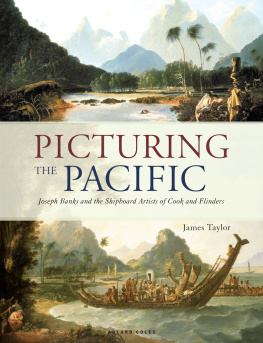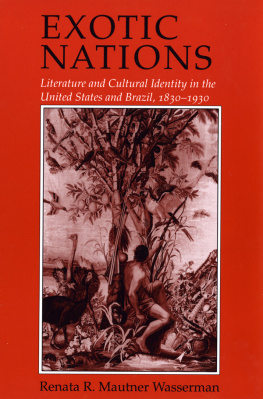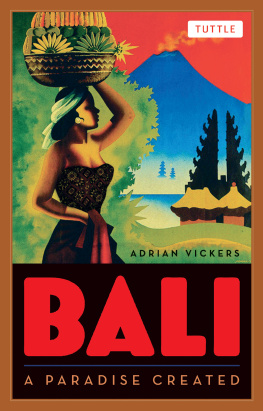James - The glamour of strangeness: artists and the last age of the exotic
Here you can read online James - The glamour of strangeness: artists and the last age of the exotic full text of the book (entire story) in english for free. Download pdf and epub, get meaning, cover and reviews about this ebook. City: New York, year: 2016, publisher: Farrar, Straus and Giroux, genre: Detective and thriller. Description of the work, (preface) as well as reviews are available. Best literature library LitArk.com created for fans of good reading and offers a wide selection of genres:
Romance novel
Science fiction
Adventure
Detective
Science
History
Home and family
Prose
Art
Politics
Computer
Non-fiction
Religion
Business
Children
Humor
Choose a favorite category and find really read worthwhile books. Enjoy immersion in the world of imagination, feel the emotions of the characters or learn something new for yourself, make an fascinating discovery.

- Book:The glamour of strangeness: artists and the last age of the exotic
- Author:
- Publisher:Farrar, Straus and Giroux
- Genre:
- Year:2016
- City:New York
- Rating:5 / 5
- Favourites:Add to favourites
- Your mark:
- 100
- 1
- 2
- 3
- 4
- 5
The glamour of strangeness: artists and the last age of the exotic: summary, description and annotation
We offer to read an annotation, description, summary or preface (depends on what the author of the book "The glamour of strangeness: artists and the last age of the exotic" wrote himself). If you haven't found the necessary information about the book — write in the comments, we will try to find it.
James: author's other books
Who wrote The glamour of strangeness: artists and the last age of the exotic? Find out the surname, the name of the author of the book and a list of all author's works by series.
The glamour of strangeness: artists and the last age of the exotic — read online for free the complete book (whole text) full work
Below is the text of the book, divided by pages. System saving the place of the last page read, allows you to conveniently read the book "The glamour of strangeness: artists and the last age of the exotic" online for free, without having to search again every time where you left off. Put a bookmark, and you can go to the page where you finished reading at any time.
Font size:
Interval:
Bookmark:
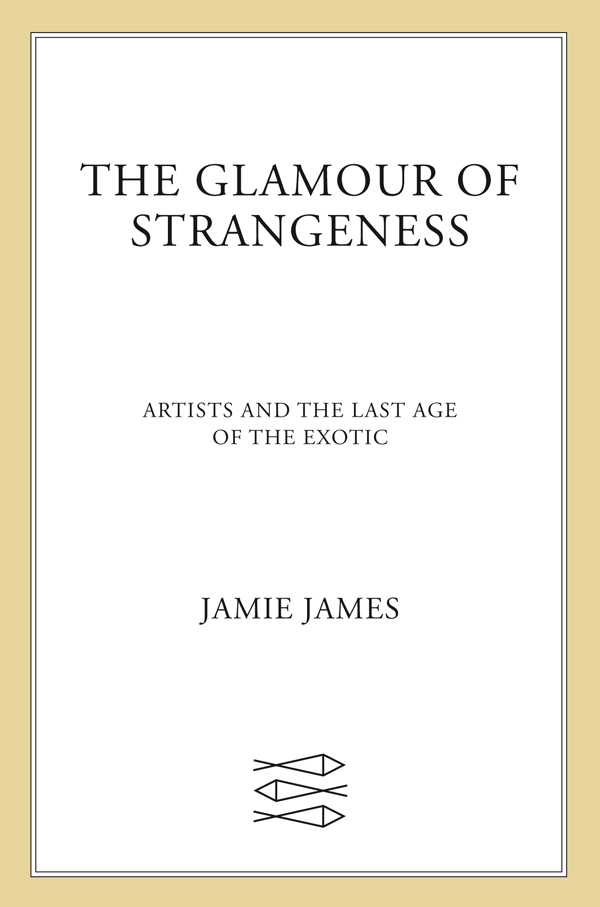
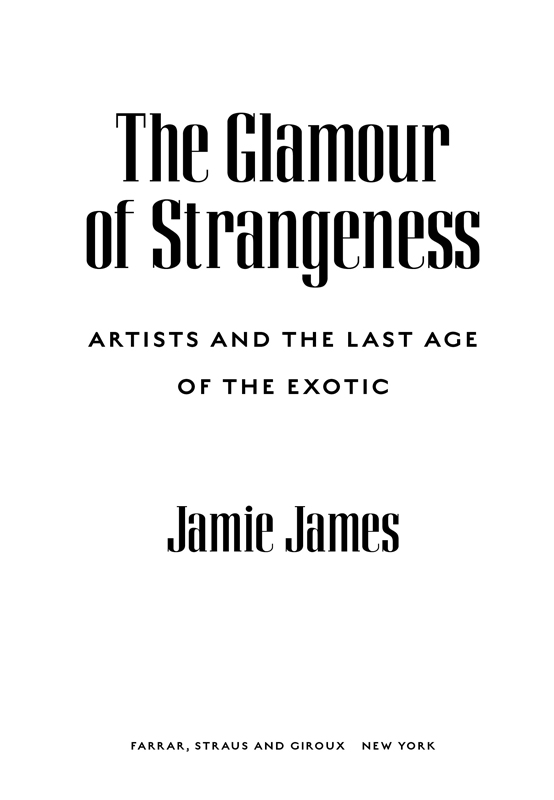
The author and publisher have provided this e-book to you for your personal use only. You may not make this e-book publicly available in any way. Copyright infringement is against the law. If you believe the copy of this e-book you are reading infringes on the authors copyright, please notify the publisher at: us.macmillanusa.com/piracy.
For Nancy Doyne
first, best writer pal
This book began as a dual study of Raden Saleh, the Javanese painter who enjoyed a season of fame in Europe, and Walter Spies, the dreamy German artist in Bali, who between them traversed the full spectrum of exoticism, moving in opposite directions. As the book progressed, other, similar cases presented themselves that seemed too good to leave out, and soon the books scope expanded to a global survey of artists and writers who discovered a new homeland far from their place of birth. Paul Bowles usefully delineated the difference between tourists and travelers in The Sheltering Sky : Whereas the tourist generally hurries back home at the end of a few weeks or months, the traveler, belonging no more to one place than to the next, moves slowly, over periods of years, from one part of the earth to another. I have attempted here to describe a third species, those who roam the world in search of the home they never had in the place that made them.
From the start, the challenge was to prevent the book from becoming an encyclopedia of rolling stones; the question was always whom to leave out, not whom to include. Readers of this book at different points in its composition have proposed fine alternative subjects and raised reasonable objections to my own choices. A similar book could be written with a different cast of characters. My research turned up dozens of remarkable subjects I intended to include in one way or another who dropped by the wayside. Until the final round of revisions, I had pages devoted to Leonora Carrington, Charles Montagu Doughty, W. H. Hudson, the Turkish painter Osman Hamdi Bey, and Fearless Nadia, the athletic blond stunt rider from Australia who became a Bollywood star: interesting work and fabulous lives. However, the book was expanding at an alarming pace, and the need to reduce the total population to a manageable mob became imperative.
The first criterion for inclusion was the interest of the work; whether the life was an ideal fit to my theme was a subsidiary concern. My intention has been to write a natural history of exoticism, not a theory of evolutiona critical survey of the manifestations of the impulse to acquire a new cultural identity rather than a grand philosophical scheme to explain why so many fine artists have done so. The problem with theories is that the more case histories they adduce, the more vague and insubstantial they must become in order to accommodate them all. Anything that tends to undermine the theory is discarded, which creates strange gaps in the narrative. The biographers attempt to extract a truthful portrait of a life from the record is difficult enough without trying to whittle it into shape to fit a factitious hypothesis. To put it another way, the differences among artists are usually more revealing than their similarities. My hope is that as the voyage progresses, the profile of the transcultural will shimmer into focus.
Emphatically, this book was never intended to be a study of travelers and explorers. I dont hate them, as Claude Lvi-Strauss claimed to do, but people who go to exotic places for the sake of going there and then write a book about the experience rarely hold my interest, at least insofar as they claim to explain the destination. Why would anyone turn to another foreigner, just passing through, to learn about a faraway place? The writer who can explain home, how we know when we have found it, has a better story to tell, and that is what I have attempted to do here.
J.J.
Batu Bolong, Lombok
Tu connais cette maladie fivreuse qui sempare de nous dans les froides misres, cette nostalgie du pays quon ignore, cette angoisse de la curiosit?
Charles Baudelaire, Linvitation au voyage
You know that feverish sickness that seizes you with shivering sorrow, that nostalgia for a place youve never been, that anguish of curiosity?
Invitation to the Voyage
The first nonfiction book that captured my imagination was Richard Halliburtons Complete Book of Marvels . Halliburton was a Marco Polo for the Jazz Age, one of the last traveling writers to set himself the goal of seeing the whole wide world. He was already a quaint figure by the time I discovered his book in my grandmothers library in Oxford, Mississippi, and he is nearly forgotten now, but in Halliburtons heyday his thrilling narratives of voyages to exotic places made him a celebrity and bestselling author to rival Hemingway. There were pictures on nearly every page, many of them photographs of the dashing author in flawless khaki, posing with sultans and mystics. Halliburton swam the Panama Canal, crossed the Alps on an elephant, flew loop-the-loops around the peak of Mount Everest.
The Barnumesque feats of derring-do werent what attracted me, it was the glamorous places he visited. Halliburton voyaged to the lost cities of the world, from Machu Picchu to Petra to Angkor. Some of his most renowned exploits took place during an eighteen-month aerial circumnavigation of the globe, which began on Christmas Day 1930 aboard a two-seater biplane called the Flying Carpet , piloted by his sidekick, Moye Stephens. After a dazzling performance of stunts at an air show in Fez, the pair flew across the Sahara to Timbuktu, byword of exoticism and fabulous wealth, which had been closed for centuries to infidels: the city at the end of the world. There he met Pre Yakouba, born Auguste Dupuis, a Frenchman who had come to Timbuktu as a Catholic missionary, a vocation he renounced. Yakouba told his biographer, William Seabrook, I quit the Church because I didnt want to leave Timbuktu and didnt want to give up women, specifically his wife, Salama. Seabrook (whom Time called the Richard Halliburton of the occult, because of his investigative books about voodoo and cannibalism) described Salama as a magnificently strong, clean, healthy, full-grown negress with character and brains, who bore Yakouba a dozen children.
It would get my narrative off to a neat start if I said that Richard Halliburtons Complete Book of Marvels inspired me at the age of eleven to resolve that I would follow in the authors footsteps and see the world. Growing up in suburban Houston, I didnt dream of seeing the world, exactly; somehow I just knew that I would. Halliburton introduced me to the concept of the world as a finite place in which one could move about at will. The only difference between driving to the beach for the weekend and a journey to Timbuktu was the force of will required to make it happen, that and the money. If you want to go somewhere, anywhere, you can find a way to get there.
After I graduated from college, I moved to New York, an adventure of a different sort. I arrived in the great metropolis with a trunkful of dreams. (There was actually a trunk, a footlocker from the army-navy store in Houston, which my mother had filled with woollies when I left for my freshman year of college in Massachusetts.) In New York, I devoted what pluck I possessed to making a career as a freelance writer. I was curious about almost everything, which expanded my markets to the editorial horizon but made for an odd collection of clips. On my first overseas reporting trip, to Buenos Aires, I had two assignments: a profile of a polo player for Sports Illustrated and an interview with Jorge Luis Borges for Connoisseur . I wrote a sports column for Andy Warhols Interview , profiled rock stars for Rolling Stone and Life , interviewed orchestra conductors and opera singers for The New York Times and Vanity Fair anything to avoid getting a job, especially if it came with an invitation to a voyage.
Font size:
Interval:
Bookmark:
Similar books «The glamour of strangeness: artists and the last age of the exotic»
Look at similar books to The glamour of strangeness: artists and the last age of the exotic. We have selected literature similar in name and meaning in the hope of providing readers with more options to find new, interesting, not yet read works.
Discussion, reviews of the book The glamour of strangeness: artists and the last age of the exotic and just readers' own opinions. Leave your comments, write what you think about the work, its meaning or the main characters. Specify what exactly you liked and what you didn't like, and why you think so.


